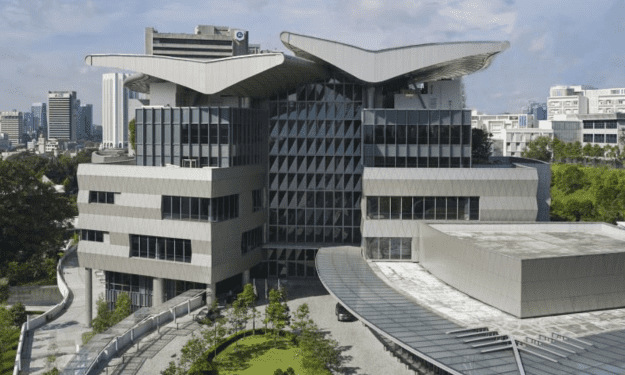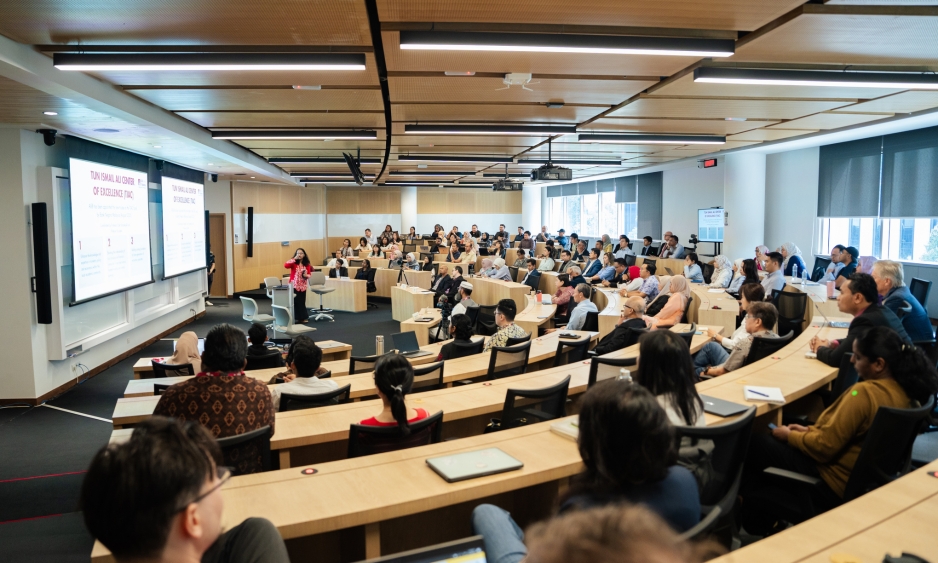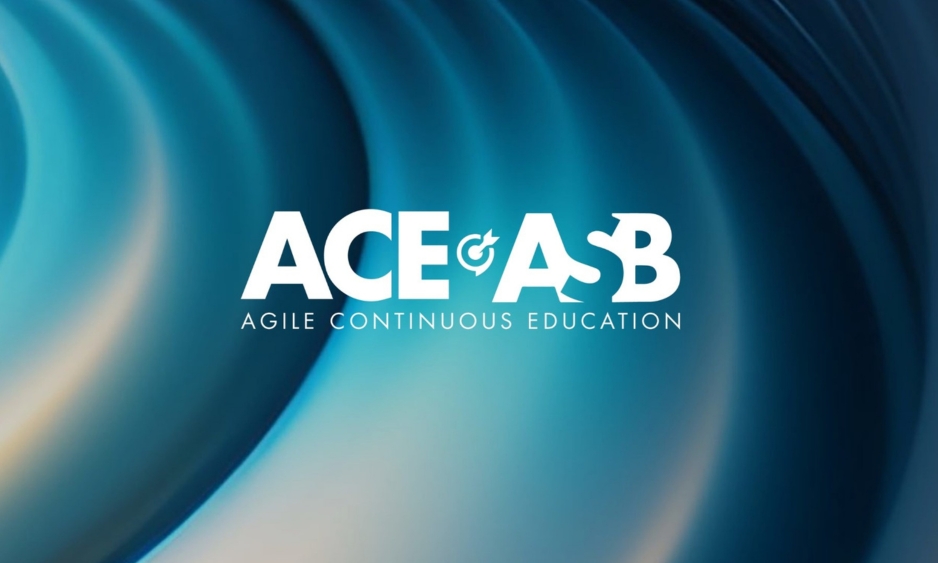So why should Malaysia’s tertiary education system be any different from the more developed world’s? It, too, should be embedded with flexibility. Based on the examples provided below, without delving into financial mathematics, one’s educational experience and value would be enhanced far more than a system without such flexibility. In economics, we refer to this as being on the Pareto efficiency frontier, where resources and opportunities are allocated most efficiently.
Flexibility holds intrinsic value in various aspects of life — careers, investment plans and policymaking. A key reason for this is the uncertainty that surrounds future outcomes. Whether it’s predicting the trajectory of financial markets, the global economy, the exchange rate of the Malaysian ringgit, or even getting into a car accident, our ability to foresee the future is inherently limited.
This unpredictability is evident in the changing demands of the workforce. According to the World Economic Forum, 44% of workers’ core skills will need to change by 2027 due to advances in technology and automation. Meanwhile, the global e-learning market is projected to grow to US$842.64 billion by 2030, highlighting the increasing reliance on flexible, technology-enabled education solutions.
Consider the current unpredictability of global events and their implications for education. In today’s rapidly changing world, traditional systems may no longer suffice. For instance, educational models that rigidly define paths without accommodating individual needs or interests risk leaving many behind.
This is where the concept of flexibility becomes critical in education. Allowing learners to tailor their journeys based on personal or professional goals, or even unforeseen circumstances, enhances the overall value of education. Gap years, modular learning, and asynchronous courses are examples of how education systems can adapt to accommodate diverse needs.
Globally, there is growing recognition of the need for adaptive learning structures. Prestigious institutions have adopted models that allow students to pause their studies, explore interdisciplinary fields, or even take courses remotely. These practices not only enrich the individual learning experience but also contribute to society by fostering creativity, resilience and adaptability among learners.
Take, for example, the emergence of digital and online learning in the last decade. Universities worldwide such as MIT, Cornell University and Yale University have embraced this shift, offering remote learners access to high-quality courses and programs. From engineering in Patagonia to business analytics in Kuala Lumpur, technology has bridged the gap between learners and education, bringing opportunities that were once out of reach.
In Southeast Asia, some educational institutions are adopting flexible upskilling approaches, allowing learners to earn course credits at their own pace and transition into full-time or part-time degree programmes if they choose to pursue a postgraduate degree.
The economic value of flexibility in education extends beyond individual growth. It benefits employers by creating a more adaptable workforce and society by encouraging lifelong learning. According to LinkedIn’s Workplace Learning Report, 94% of employees say they would stay at a company longer if it invested in their learning and development — a testament to the importance of education adapts to evolving career trajectories.
As education systems evolve, the emphasis should remain on quality and accessibility. Agile learning methods, stackable courses, and modular degree options are examples of how institutions can make education more inclusive and relevant. These innovations represent a step toward a future where learning is not just a phase of life but a continuous, adaptive journey.
Educational institutions worldwide are already setting the stage for this transformation. By embracing flexibility, we can create an ecosystem that supports learners at every stage of their journey — and, in doing so, prepare for a future where uncertainty is the only certainty.
The author is Asia School of Business Deputy Chief Executive Officer
Originally published by Business Today.





